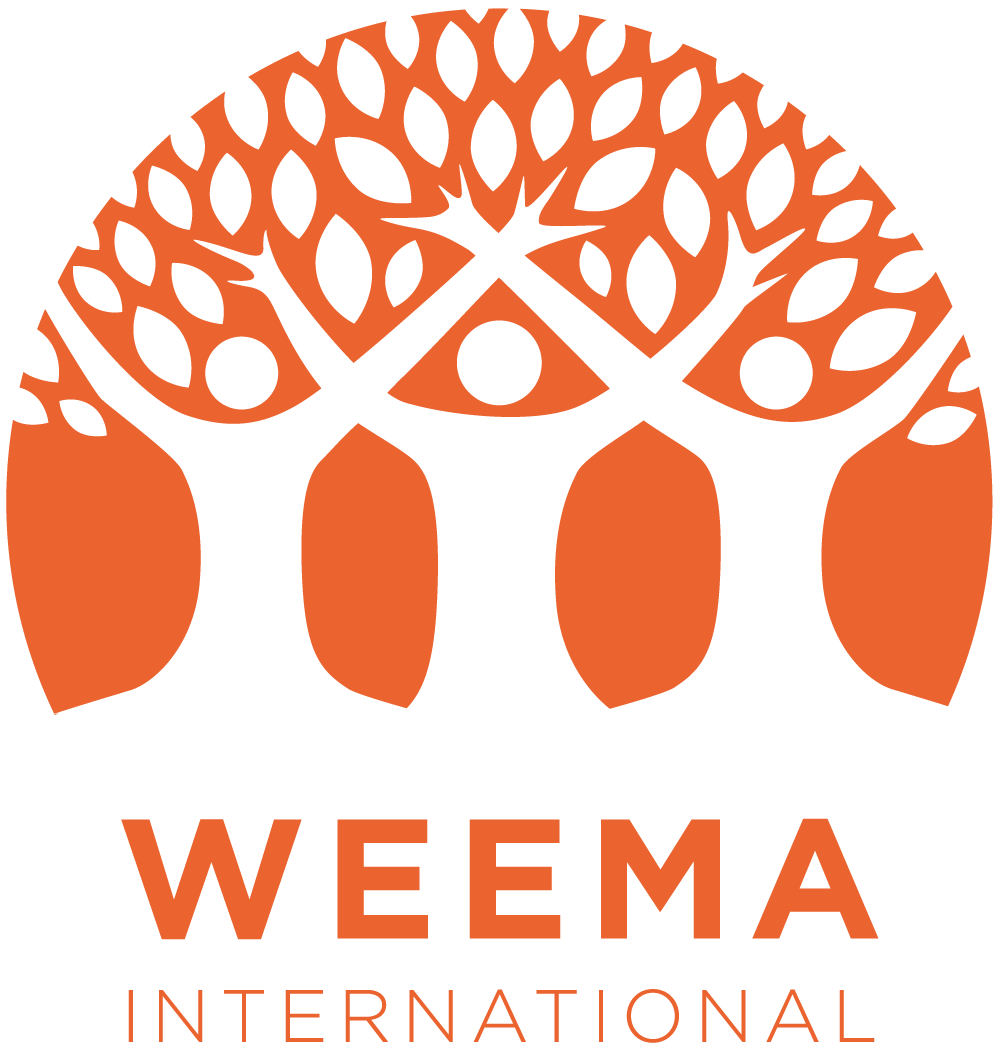Digital Transformation of Primary Health Care
THE ISSUE
Ethiopia has been implementing a nationwide health extension program (HEP) which aims to ensure universal access to primary health care services consisting of promotive, preventive, and basic curative health services at the community level. Trained frontline healthcare workers, called health extension workers, are the key providers of these broad services.
The national program, launched in 2023, initially emphasized preventive activities but was later expanded to include basic curative interventions as well. After a national policy change supporting community-based treatment of childhood pneumonia by health extension workers in 2010, Ethiopia began scaling up the integrated community case management of childhood illness strategy under HEP. Health extension workers are now trained to assess, classify and treat diarrhea, malaria, pneumonia, and undernutrition in rural communities. They also provide antenatal care, postnatal care, family planning and immunization services.
Electronic Community health information system
Health extension workers require key health information to do their jobs, and their managers/supervisors need information to monitor their work. The Federal Ministry of Health also requires information to better plan community health programs and to monitor progress. In order to achieve these goals, a paper-based community health information system was designed to assist in the collection of data on basic demographic statistics, health service delivery, and overall service utilization. However, there is compelling evidence that papers-based community health information systems have significant drawbacks such as poor data quality (including over and under-reporting) and lack of timeliness.
Meanwhile, health extension workers are managing a large number of health promotion activities and provide curative care with little training and support. In addition, the paper-based community health information system has been found to be an enormous time burden for the health extension workers, requiring duplicative and time-intensive data entry. To address this, the Federal Ministry of Health prioritized the transition to a digital community health information system within its Health Sector Transformation Plan (HSTP) agenda .
The Federal Ministry of Health has been implementing the electronic community health information system (eCHIS) since 2019. The eCHIS is a digitized job aid that helps health extension workers provide high quality of care and ensures adherence to treatment protocols. It provides appointment reminders that enable consistent follow-ups and referral linkages. By capturing real-time data at the point of care, it also automates data sharing and reporting of critical health indicators.
WEEMA’S COMMUNITY-LED INTERVENTION
WEEMA has been supporting the implementation of the eCHIS in the Kembata-Tembaro Zone for maternal and child health services since 2019. During the first three years, 278 health extension workers, 45 midwives, and 27 primary health care focal persons were trained on the first release of the mobile eCHIS app. More than 71,098 households and 372,387 people were registered and entered into the eCHIS database.
After completing the 3-year project phased n March 2022, the Ministry of Health SNNP Regional Health Bureau and Kembata-Tembaro Zonal Health Department requested that WEEMA continue its support of eCHIS. WEENA has since designed the “Implementation of Electronic Community Health Information System (eCHIS) in Kembata-Tembaro Zone: Phase II,” which is supporting the rollout of latest releases of eCHIS in six districts of Kembata-Tembaro Zone (Tembaro, Hadero-Tunto Zuria, Damboya, Angacha, Kedida Gamella, and Adilo) These six districts have a total population of approximately 600,000 people. The Phase II project runs through March 2025.
FUNDING AND IMPLEMENTING PARTNERS
IZUMI FOUNDATION
DIGITAL TRANSFORMATION OF PRIMARY HEALTH CARE LOG FRAME
(What is a log frame? A logical framework, often referred to as a log frame, is a planning tool used in international development to design, implement, monitor, and evaluate projects. It establishes a coherent structure to identify and express the project's goals, objectives, activities, inputs, outputs, outcomes, and impacts, while also defining the indicators for measuring success and identifying potential risks and assumptions. This framework fosters accountability and ensures that projects are effectively addressing identified needs and expected results.)
SUCCESS STORY
Tigist from Angacha woreda was among the first midwives to have module-II training last year. She explained, “Registering to provide Maternal Child Health service by the digital system is very important for both client and health professionals because it is very easy to use and saves time.”
Currently, Tigist is regularly registering antenatal care, deliveries, postnatal care, and family planning. She said that it is simple to use and comprehensive because every piece of information is on the system. It is also helping improve her personal technical and digital skills. She added, “When I am registering the services, the system provides comprehensive counseling with no missed information. It improves the client’s health service-seeking behavior. It also facilitates health center-to-health post linkage and now I am receiving referrals from health posts through my smartphone. It also easy the follow-up of mothers during pregnant mothers’ conferences.”
Finally, Tigist extended thanks to WEEMA and all those who trained her on the eCHIS health center referral application.

